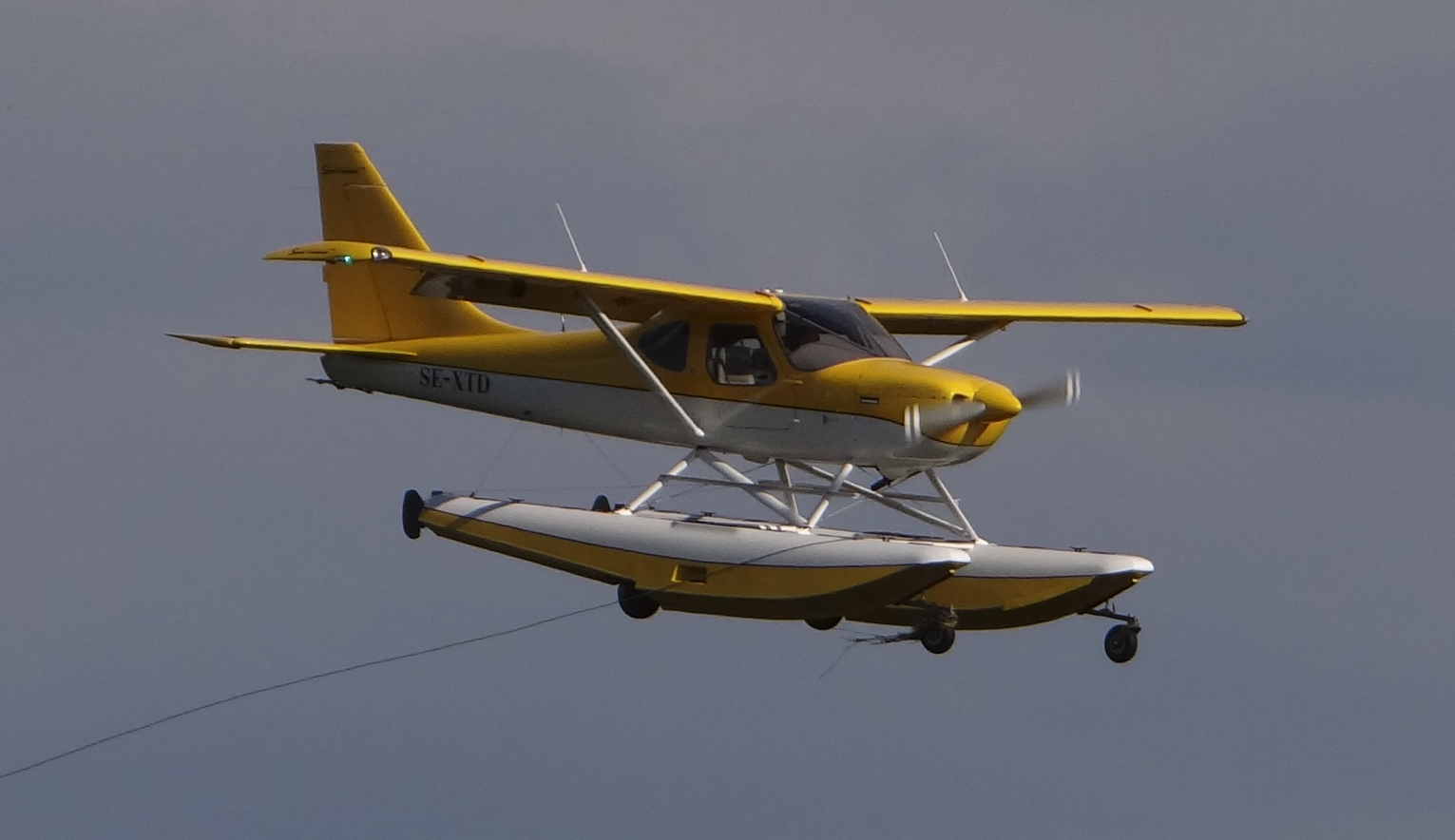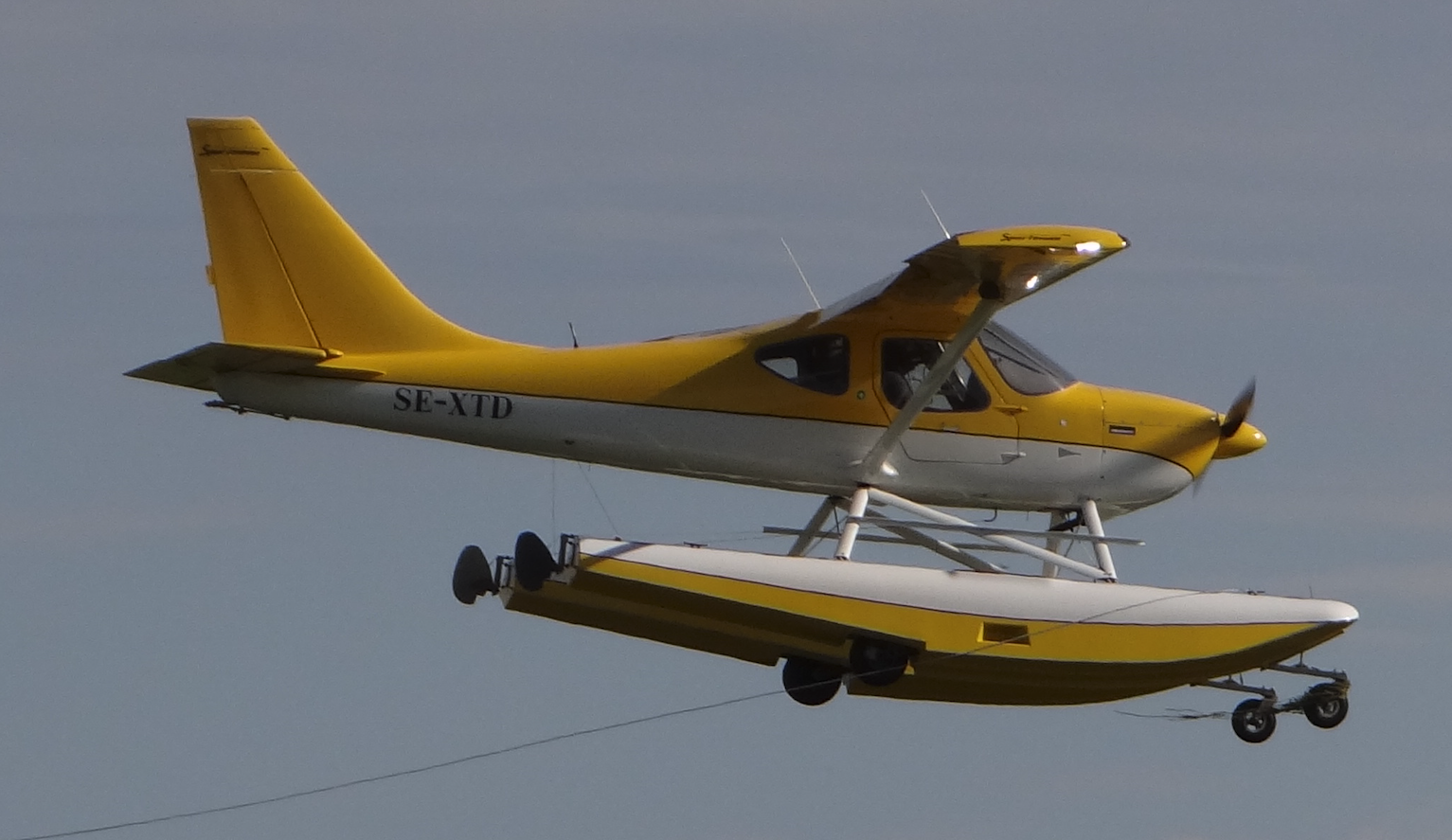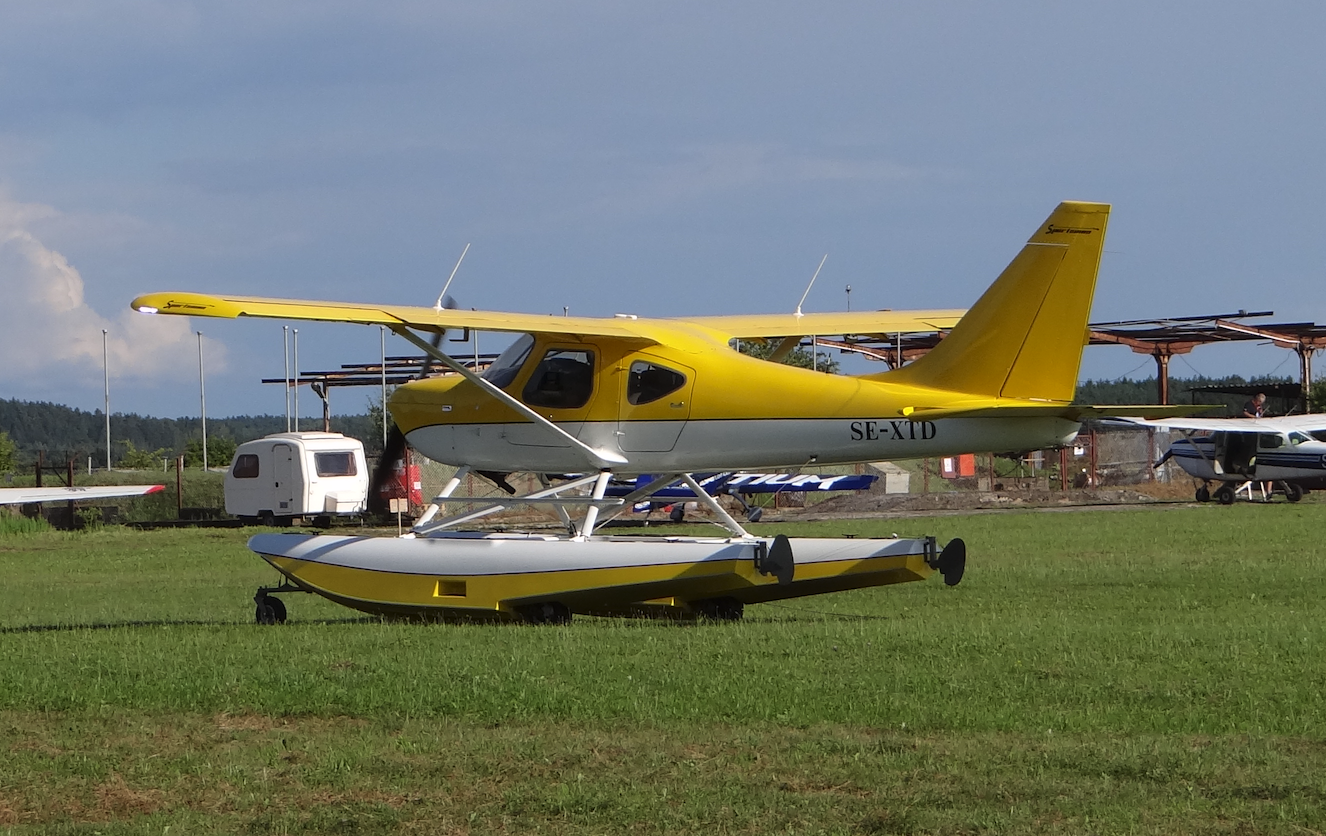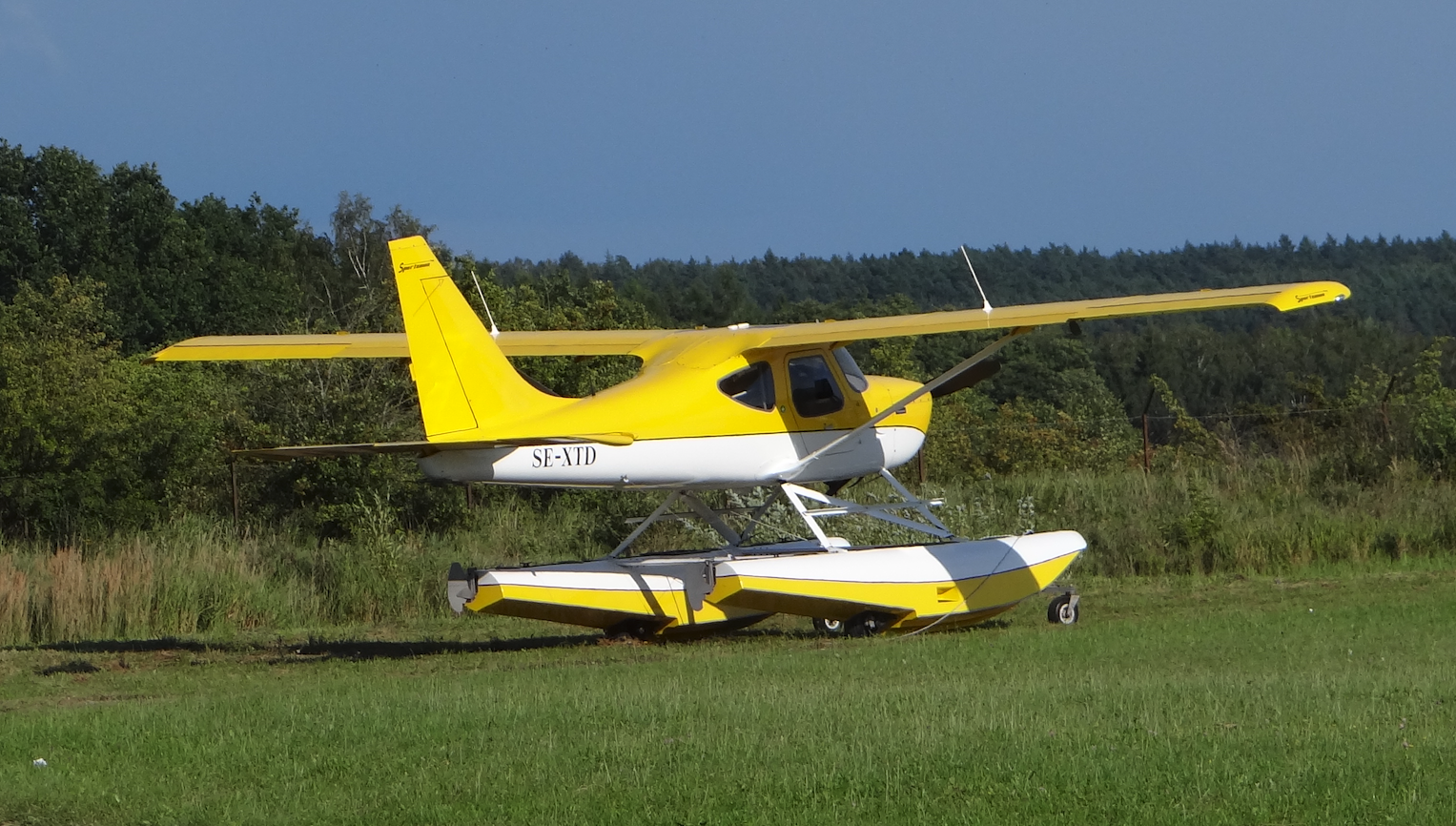Kraków 2022-11-30
Glasair Sportsman 2+2.
Glasair Sportsman 2+2 is a four-seater, light tourist plane, designed for amateur use. The aircraft is manufactured in the USA as a kit aircraft.
Before we discuss the Glasair Sportsman 2+2 plane, let’s take a look at the company that produces this plane.
Glasair Aviation was founded in 2001, after the collapse of its predecessor, Stoddard-Hamilton Aircraft, owned by Tom Hamilton. The company operated from 1979 to 2001. Tom Hamilton and Thomas Wathen founded a new company, Glasair Aviation. The company’s headquarters is in Arlington, Washington, USA. In July 2012, the company was sold to Jilin Hanxing Group, which formed a new company, Glasair Aircraft USA, LLC. In May 2019, due to the Chinese virus pandemic, the company laid off some employees, but did not liquidate. Currently (2022), the company’s website states that it is accepting orders for aircraft with delivery in 2023.
The specialty of the plant and the previous company became home-built aircraft, also known as amateur or kit aircraft. Airplanes are built by people for whom it is not a professional activity. These aircraft can be built from scratch, from blueprints or from assembly kits. And it was the Glasair Aviation company that started building kits, from which the owner assembles the plane himself. In the case of little knowledge and skills of the owner of the kit, the company can assemble the plane for an additional fee.
The company’s first aircraft was the Glasair I, which was developed in 1979. 807 were built. The Glasair I is a two-seater low-wing kit. In 1986, the Glasair II aircraft was developed, which is a two-seater low-wing kit. 1,200 were built. In 1989, the Glasair III aircraft was developed, which is a two-seater low-wing kit. 500 were built. In 1994, the GlaStar aircraft was developed, which is a two-seater high-wing kit. 300 were built.
The Glasair Sportsman 2+2 aircraft was developed in 2003. About 400 were built. The aircraft is a high-wing, four-seater, powered by a single piston engine. The aircraft can be completely assembled at the factory in two weeks and delivered to the owner by flight. The company also offers training in the use of aircraft tools and instruments. The aircraft is certified by the Federal Aviation Administration, which includes the right to airworthiness as an aircraft built by amateurs.
Glasair Sportsman 2+2 construction.
The Glasair Sportsman 2+2 aircraft is a single-engine, high-wing, four-seat aircraft. The wings were supported by struts. The aircraft has a fuselage made of either fiberglass or carbon fiber. The variant with a fuselage made of carbon fiber is lighter, but has a heavier frame, and therefore the weight of both aircraft is similar. The wings are made of metal. The tail of the plane is also metal. People on board the plane sit in a 2 + 2 arrangement.
The aircraft can be equipped with various types of landing gear. The first is a three-point fixed landing gear with a tail wheel. The main wheels are equipped with fairings. The second is a three-point fixed chassis with a front castor wheel. All wheels are fitted with fairings. The third chassis is the ability to install skis for landing on snow. The fourth landing gear is a tailwheel landing gear, but the wheels of the main landing gear are balloon type, allowing it to land on soft RWYs. The plane can also have floats, but it can also land on regular RWYs, thanks to the four wheels used, in front and in the middle of each float.The aircraft is available with a 180 hp (134 kW) Lycoming IO-360 engine or a 210 hp (157 kW) Lycoming IO-390 engine. A two-bladed, constant-speed propeller was used.
The cockpit of the aircraft has two liquid crystal screens. In addition, the basic analog pilot instruments were retained. The basic equipment is a radio and a transponder.
T-T Glasair Sportsman 2+2 data:
Crew one pilot + three passengers. Span 35 ft 0 in (10.67 m). Length 23 ft 0 in (7.01 m). Height with conventional undercarriage 6 ft 11 in (2.11 m). Bearing area 131 sq ft (12.2 m2). Curb weight 1,350 lb (612 kg). Takeoff weight 2,350 lb (1,066 kg). Fuel capacity 50 US gallons (189 liters). Top speed 167 mph (269 km/h, 145 kn). Cruising speed 158 mph (254 km/h, 137 kn). Range 829 mi (1.334 km, 721 nmi). Service ceiling 20,000 ft (6,100 m). Climb rate 1,000 ft/min (5.1 m/s).
Written by Karol Placha Hetman





